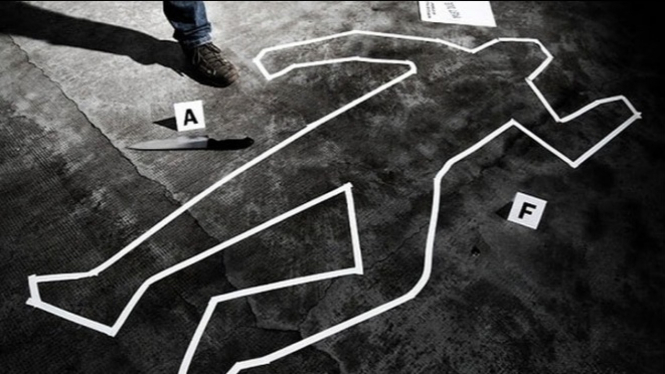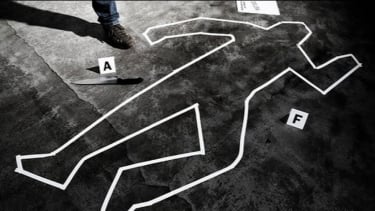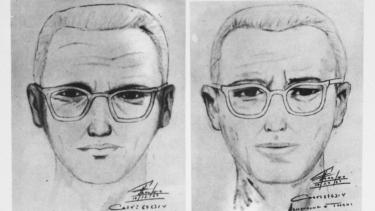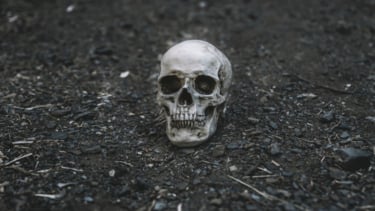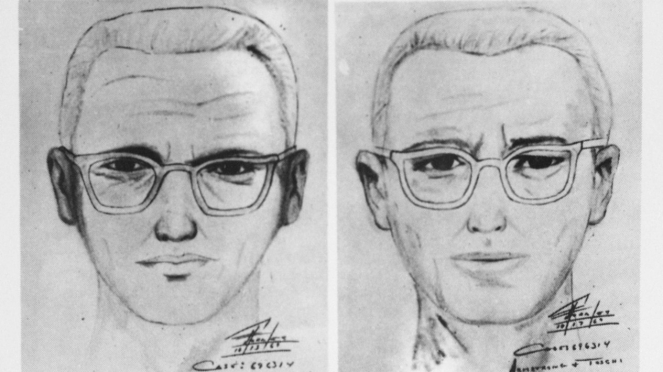3 Scariest Unsolved Mysteries in the World that Rarely People Know
- U-Report
VIVA – The world is filled with interesting things, full of mysteries that haven't even been solved yet. Also, there are several murders in the world that after decades, or even hundreds of years are known as unsolved mysteries.
1. The Black Dahlia Murder
film The Black Dahlia
On January 15, 2947, the remains of 22-year-old Elizabeth Short, or known as “The Black Dahlia,” were found on the block of 3800 S Norton Avenue in Los Angeles. The body was cut in half and so pale and drained of blood that the woman who found the body mistook it for a mannequin at first.
The body was cut with surgical precision, leaving no trauma to internal organs and bones. Her face was also cut from her mouth to ears, leaving an eerie permanent smile. There was no blood on the ground, making it believed that the body was moved after she had been murdered.
Nine days after she was discovered, an envelope was sent to the examiner addressed by using individual cut and pasted letters from magazines and newspapers.
It read “The Los Angeles Examiner and other Los Angeles papers, here is Dahlia's belongings, letter to follow.” As promised, the envelope contained Short’s Social Security card, birth certificate, photographs, names written on pieces of paper, and an address book with pages missing and the name Mark Hansen embossed on the cover. Gasoline was used to clean the objects, removing the fingerprints.
On March 14, a suicide note scrawled in pencil on a bit of paper was found tucked in a shoe in a pile of men's clothing by the ocean's edge at the foot of Breeze Avenue in Venice.
The note read: "To whom it may concern: I have waited for the police to capture me for the Black Dahlia killing, but have not. I am too much of a coward to turn myself in, so this is the best way out for me. I couldn't help myself for that, or this. Sorry, Mary." The pile of clothing was first seen by the beach caretaker, who reported the discovery to the lifeguard captain, John Dillon.
Dillon immediately notified the West Los Angeles Police Station. The clothes included a coat and trousers of blue herringbone tweed, a brown and white shirt, white jockey shorts, tan socks, and tan moccasin shoes, about size eight. However, the clothes gave no clue about the identity of their owner.
Although many suspects were named, no authorities were able to identify the Black Dahlia’s killer and the mystery has gone unsolved for over 70 years.
2. The Zodiac Killer
Zodiac Killer
In the late 1960s and early 1970s, a serial killer known as “The Zodiac Killer” terrorized Northern California. There were at least five victims but later on, the murderer would claim he killed at least 37 people in total.
Meanwhile, on December 20, 1968, on Lake Herman Road in Vallejo, 17-year-old David Faraday and 16-year-old Betty Lou Jensen were shot and killed while sitting in a parked car in a gravel parking area. By the time police arrived, Betty was found dead but David was still alive.
Unfortunately, he would die on the way to the hospital. This was the first murder that the Zodiac Killer conducted and got away with.
The Zodiac’s next crime would happen on July 4, 1969, in Blue Rock Springs Park, only a few minutes away from the previous crime. The Zodiac Killer approached a parked car with a flashlight and then murdered 22-year-old Darlene Ferrin and 19-year-old Michael Mageau.
Both were still alive when found but only Mageau would survive. He was able to describe the shooter as a young, white male, 26-30 years old, a stocky build, 200 pounds or larger, about 5’8 with light brown curly hair and a large face. Within an hour, the police received a phone call from someone who claimed to be the shooter and the shooter in the Lake Herman Road murders.
On August 1, 1969, the San Francisco Chronicle, the San Francisco Examiner, and the Vallejo Herald all received a handwritten letter from someone who claimed to be the shooter. The letters revealed specific details about the killings to prove that the writer was indeed the murderer.
All the letters were signed with a circle with a cross through it, the symbol that would eventually be known as the mark of the Zodiac Killer. Also included in the letter were three different codes that the Zodiac Killer demanded be printed in newspapers or else he would kill again. The Zodiac Killer said that the cracked codes would reveal his identity.
Then on August 4, 1969, another letter was received that started with the phrase saying “this is the Zodiac speaking”, marking the first time the killer referred to himself as the Zodiac. On Aug. 8, the code was cracked by a couple in Salinas, California.
The codes read: “I like killing because it is so much fun. It is more fun than killing wild game in the forest because man is the most dangerous animal of all to kill. Something gives me the most thrilling experience; it is even better than getting your rocks off with a girl. The best part of it is that when I die, I will be reborn in paradise and those I have killed will become my slaves. I will not give you my name because you will slow down or stop my collecting of slaves for the afterlife.”
After claiming three more lives and causing nationwide terror, the Zodiac Killer wrote his final letter on Jan. 29, 1974, concluding the letter with a new score “Me=37 SFPD=0.” The true identity of the killer has never been found.
3. The Death of the Boy in the Box
Ilustrasi tempat seram/tengkorak.
On February 25, 1957, a body of an unidentified boy was found in a box in an illegal dumping ground near Philadelphia. The boy was estimated to be around four to six years old, weighed about 30 pounds, and stood around 3’3”.
He was found naked but wrapped in a blanket. His hair was recently cut and his body was recently washed clean. There were small scars on his chin, groin, and left ankle, some of which proved he went through a small medical procedure. He was found with blunt force trauma to the head that was determined to be the cause of death and there were no witnesses.
The body was found by a young man who was walking through the abandoned lot. Strangely, the man waited a whole day before contacting the police and even a second man had previously found the boy’s body but had not contacted the police because he didn’t want to get involved. With the cold weather and delayed phone call, police weren’t able to accurately estimate the time of the boy’s death.
In order to identify the boy, the body was kept in the morgue while visitors from 10 different states tried to look for identifiable marks to no avail. Police sent out 400,000 flyers of the boy to police stations, post offices, and courthouses all over the country.
Even the American Medical Association sent out a description of the boy but it led nowhere. The police compared the boy’s footprints to hospitals in the area and even took fingerprints but no records showed that the boy ever existed.
In 2016, the National Center for Missing & Exploited Children released a forensic facial reconstruction of the victim and added him into their database. Unfortunately, the boy has never been identified and the case still remains open.

